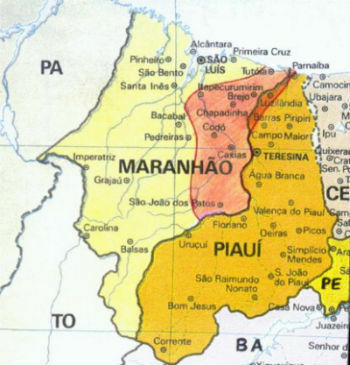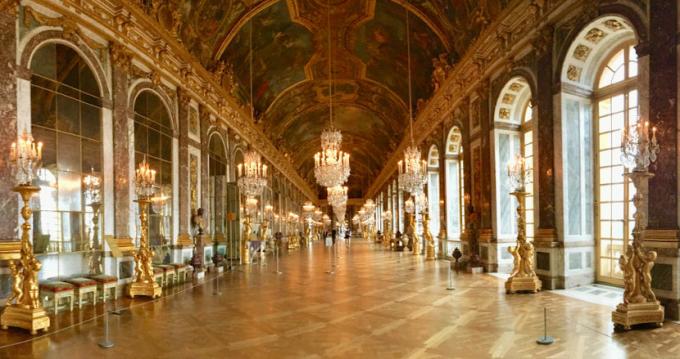THE Balaiada it was a popular struggle that took place in the province of Maranhão during 1838 and 1841.
The revolt arose as a social uprising for better living conditions and had the participation of cowboys, slaves and other disadvantaged people.
The name of this popular struggle comes from the "balaios", the name of the baskets made in the region.
Main causes

Slaves weaving baskets (baskets)
The main causes of Balaiada are linked to the poverty of the population of the province of Maranhão, as well as their dissatisfaction with the political excesses of the large landowners in the region.
These fought for political hegemony and did not care about the misery of the population, which still suffered from the injustices and abuse of power by the authorities.
That political elite was divided between two parties:
- good-te-vis: liberals, who indirectly supported the balaios at the beginning of the revolt;
- Cabins: conservatives, who were against the baskets.
As the two parties struggled for power in the province, the economic crisis was further aggravated by competition from US cotton. This caused an unsustainable situation among the elites and the poor.
Despite this situation, the ruralists instituted the “Mayors' Law”. It allowed the appointment of mayors by the provincial governor and caused several outbreaks of revolt, starting Balaiada.
The uprising

Map of the fights that took place in Balaiada
We already know that Balaiada lacked firm leadership. However, some figures stood out in the uprising, especially for their ability to undertake guerrilla strategies against imperial forces.
One of the most prominent leaders was also the one who triggered the balaiada revolt.
When his brother was detained in Vila da Manga, the cowboy Raimundo Gomes and his friends attacked the village's public jail. They released all the prisoners on December 13, 1838, seizing a considerable number of weapons and ammunition.
At the same time, the artisan and basket maker Manoel dos Anjos Ferreira, he decides to take justice into his own hands after a soldier dishonored his daughters.
Furious and determined, he assembles an armed band and attacks several villages and farms in the Maranhão. Then, these leaders get together and join a third commander: the black Cosme Bento de Chagas, quilombola and military chief of approximately 3,000 blacks.
In 1839, after a period of victories, in which some important towns were captured, such as Vila de Caxias and Vargem Grande, the rebels established a Provisional Board.
However, the movement begins to show signs of weakening after the death of Manoel dos Anjos, the Balaio, hit by a projectile during one of the conflicts.
In that same year, ex-slave Cosme takes the lead, withdrawing from combat and taking his forces to the sertão.
Final battle
The situation of the rebels got even worse when the experienced military, Colonel Luís Alves de Lima e Silva (future Duque de Caxias) assumes command of all troops in Maranhão, Piauí and Ceará. The troops were made up of more than 8,000 well-armed men on February 7, 1840.
Not without effort, the Colonel defeats Raimundo Gomes, who, surrounded and isolated, surrenders and hands over Vila de Caxias to official troops. It's the beginning of the end.
In 1840, the newly crowned emperor Dom Pedro II, resolves to amnesty the rebels who surrender. Immediately, more than 2,500 baskets surrender.
With this, Luís Alves de Lima e Silva definitively crushes those who continued to fight in 1841. That same year, Cosme Bento is captured and hanged. In turn, the cowboy Raimundo Gomes is expelled from the province and dies on the way to São Paulo.
Upon returning victorious to the capital, Colonel Luís Alves de Lima e Silva received the title of Barão de Caxias, for having suppressed this social revolt.
Curiosity
Currently, in the municipality of Caxias, there is the Memorial da Balaiada, entirely dedicated to the history of the rebellion.
Read more:
- Governing Period
- cabin
- sabinada
- Malês revolt
- Maranhão
- Brazil Empire
- War of the Rags


